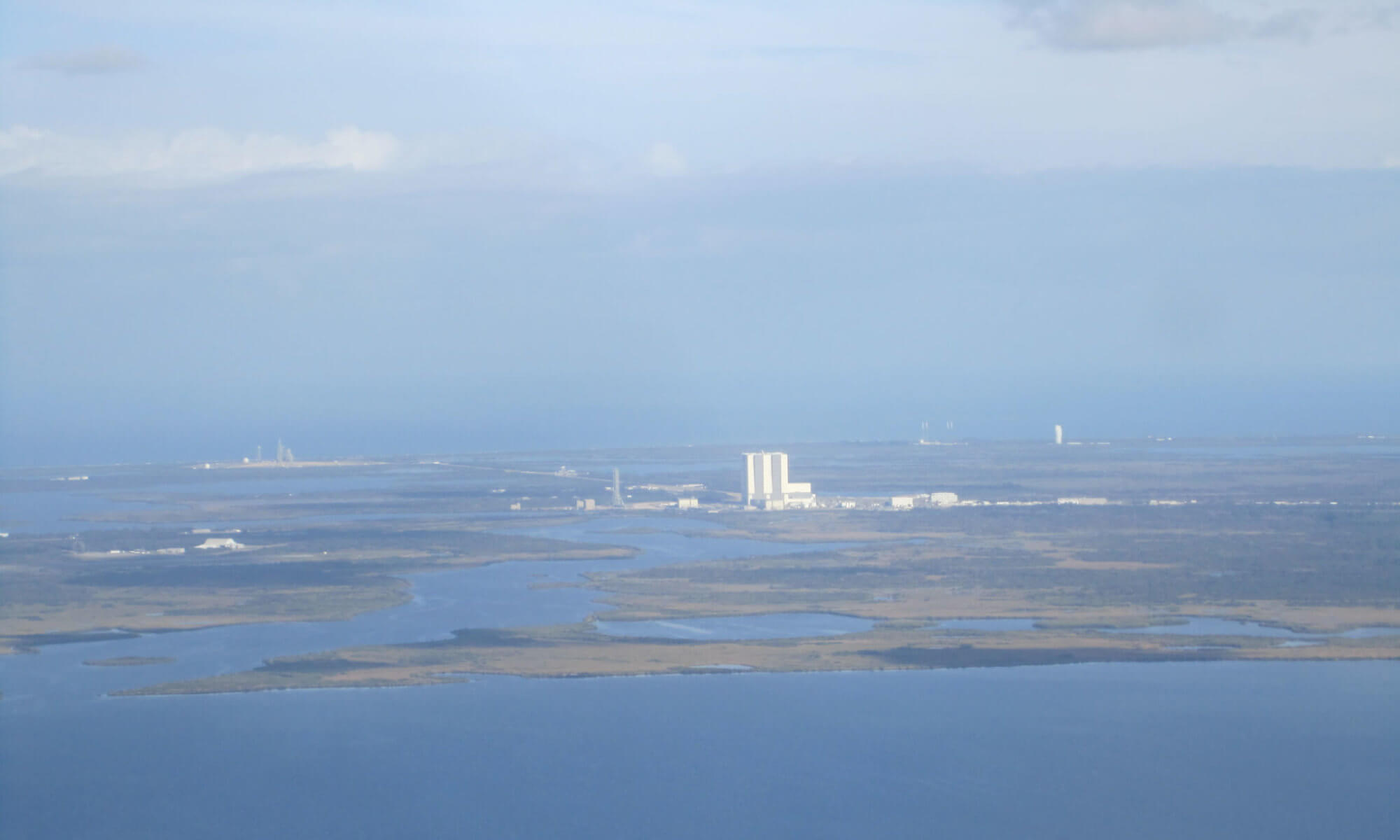
In a new addition to the Bobiverse series, rifts between posthuman “Bobs” and physical humans are appearing at an alarming rate. And even within the community of Bobs, a schism is underway as a large group starts to insist that Bobs should not interfere with any species. Meanwhile, a Bob named Bender has disappeared. As Original Bob investigates, he discovers a massive structure surrounding a star and housing an alien spieces in an oddly pastoral idyll.
Mr. Taylor continues to explore the implications of a society composed of posthumans, humans, and alien species. What is life? What is a soul? The exploration of the megastructure and its anthropology is delightful, with many amusing episodes where both explorers and natives are thrown off by the conceptual differences in their thinking.










































